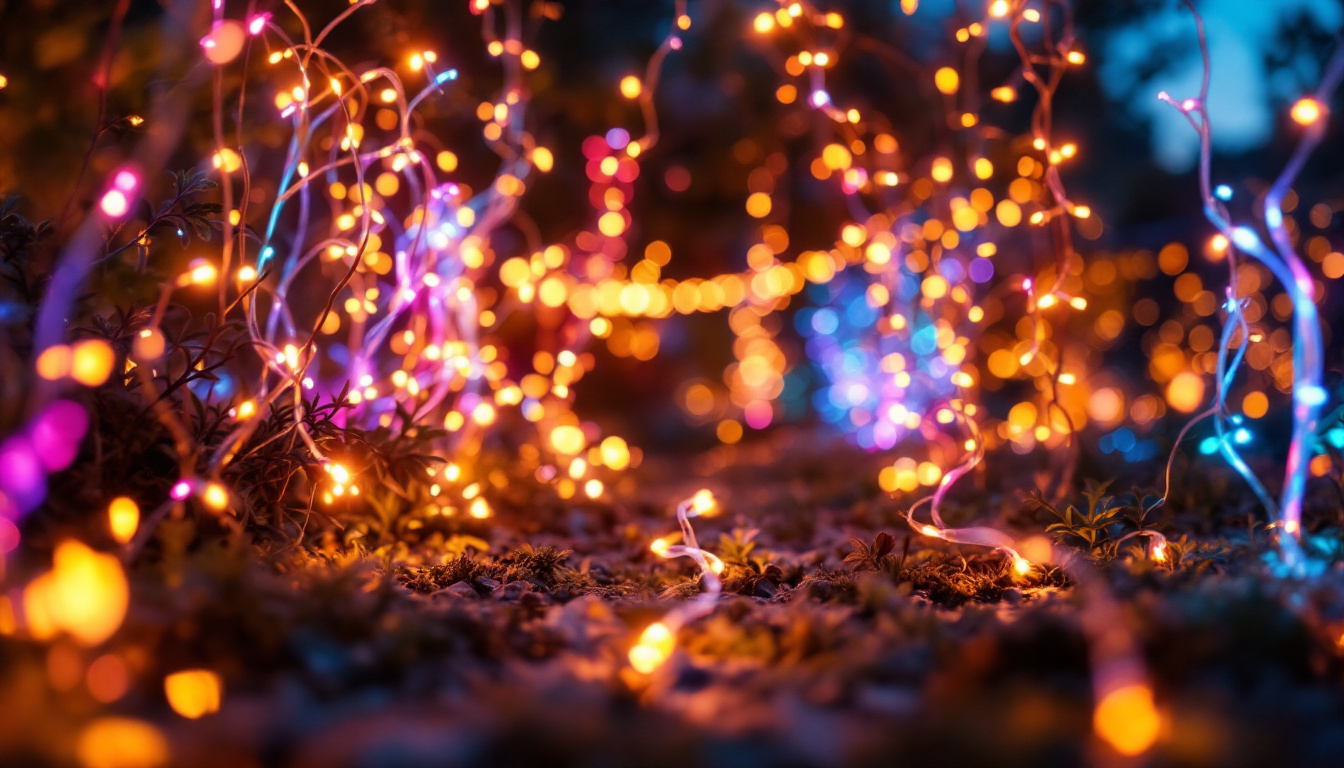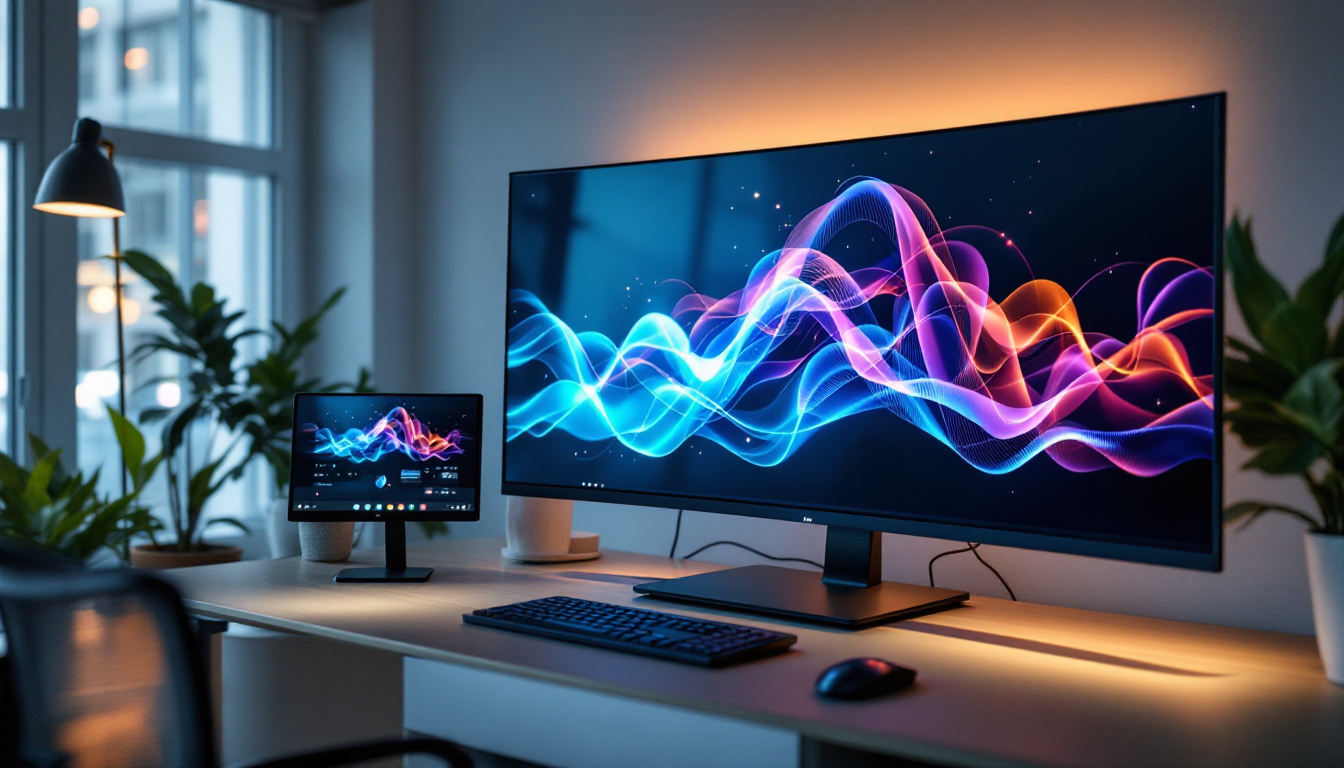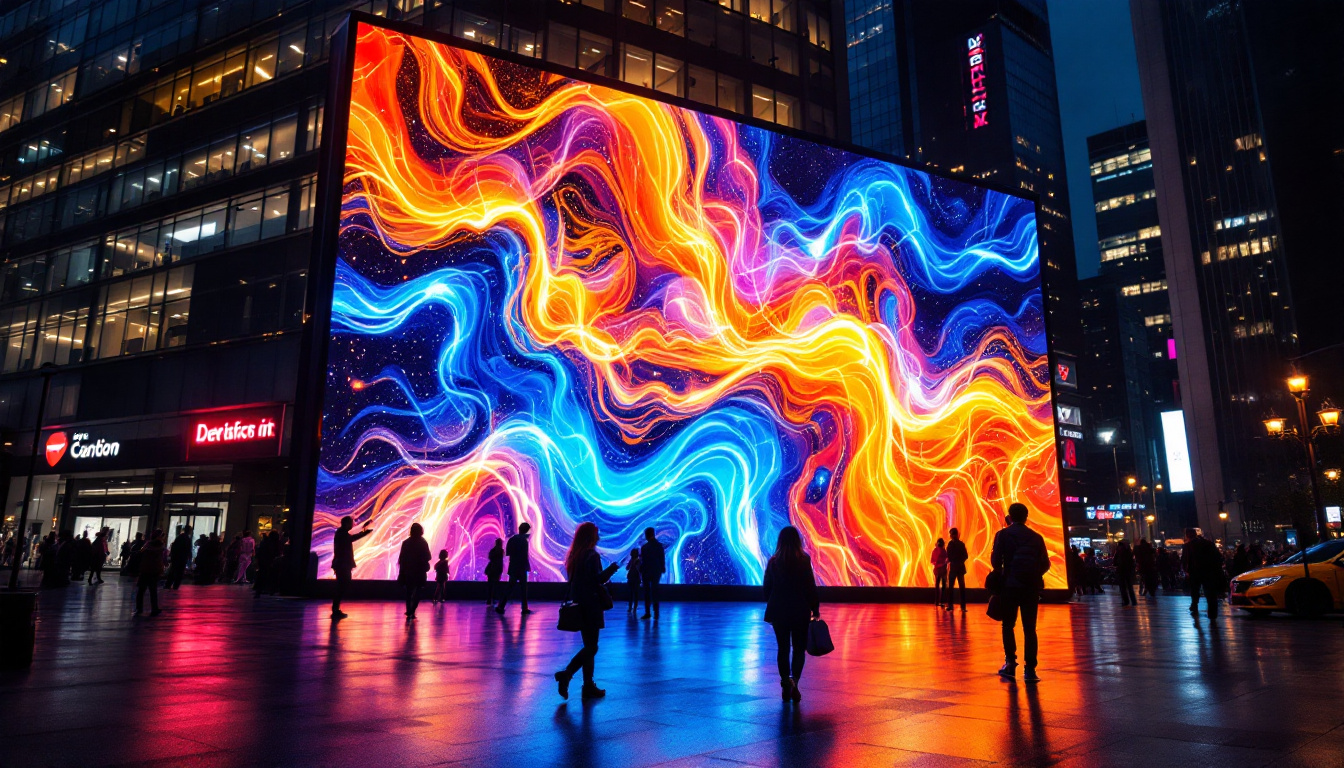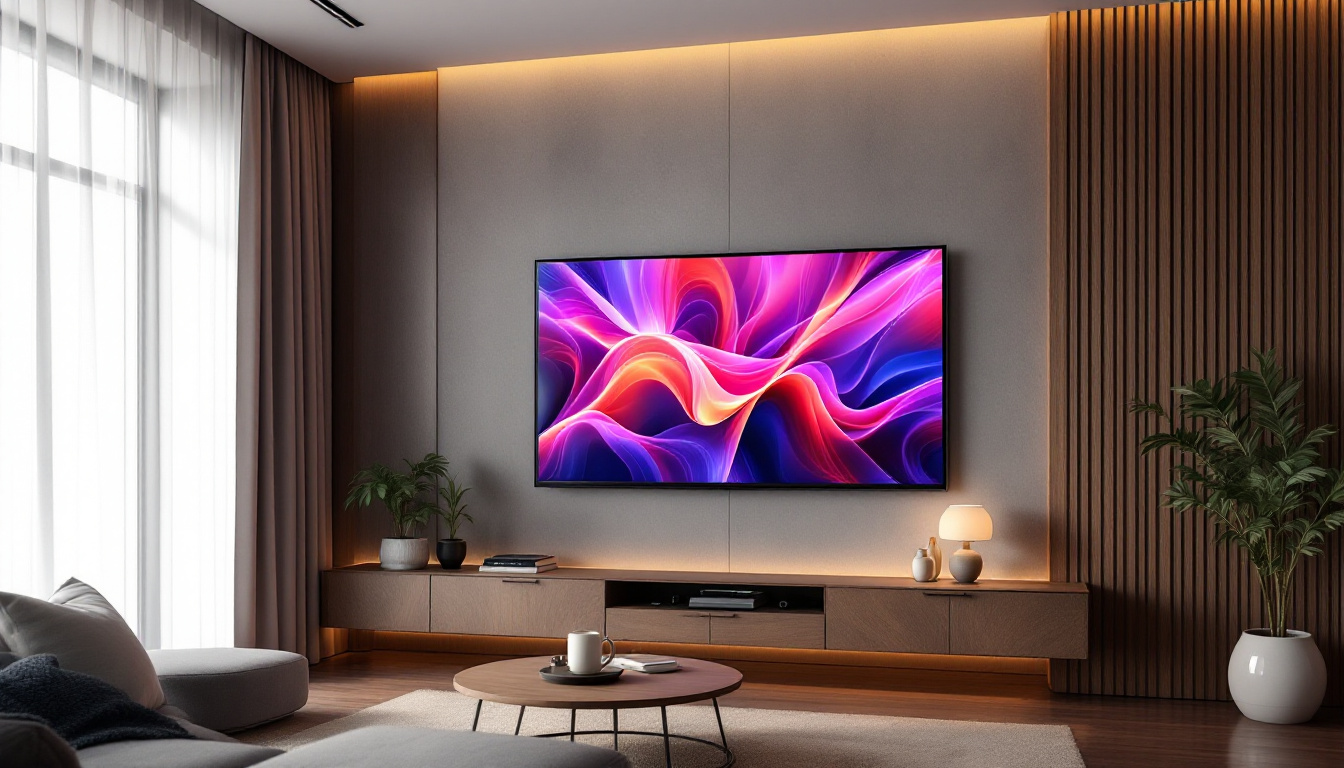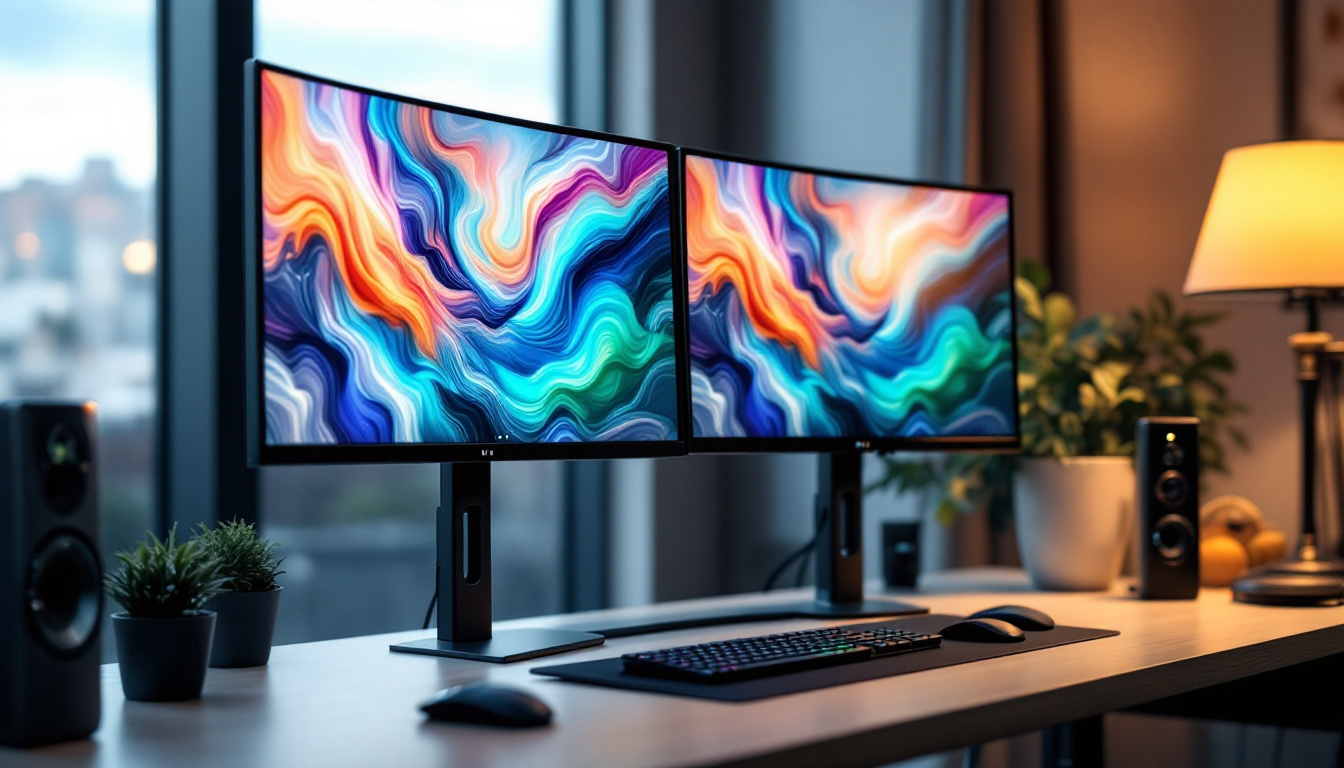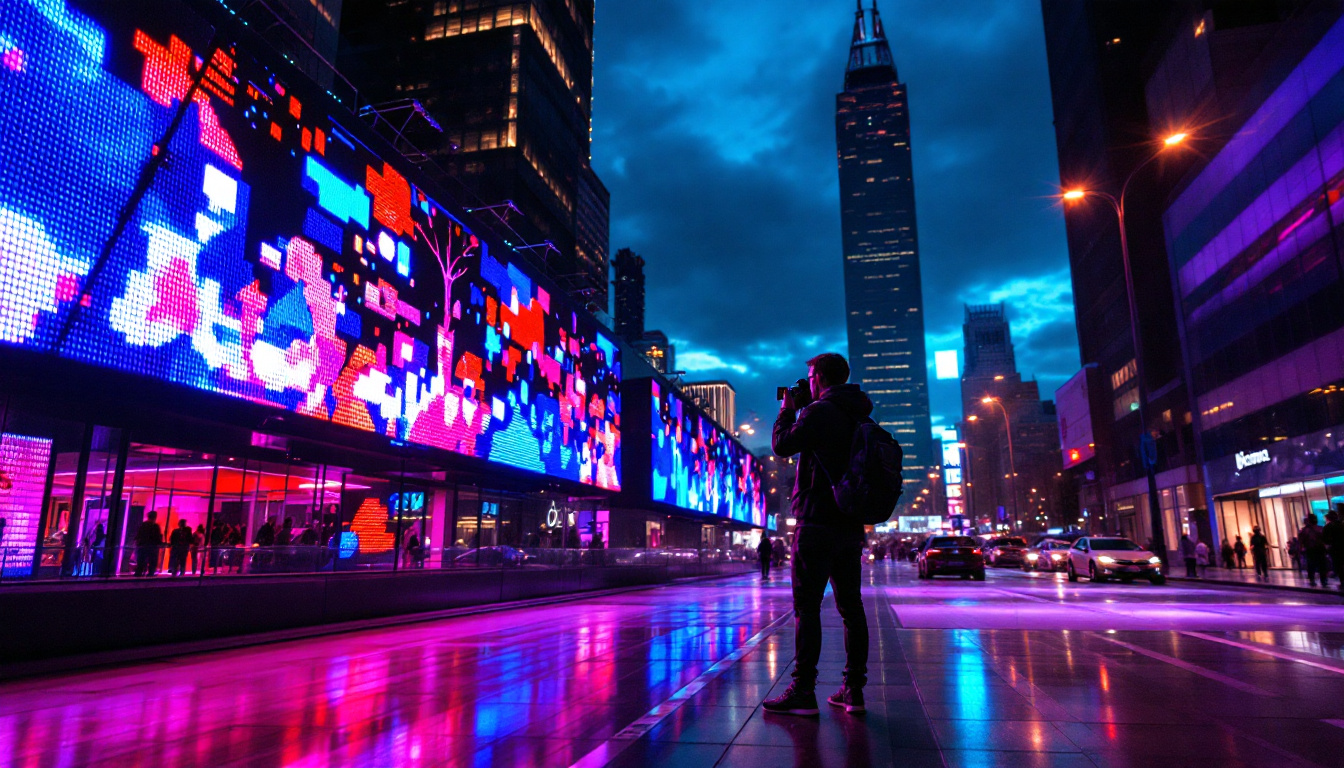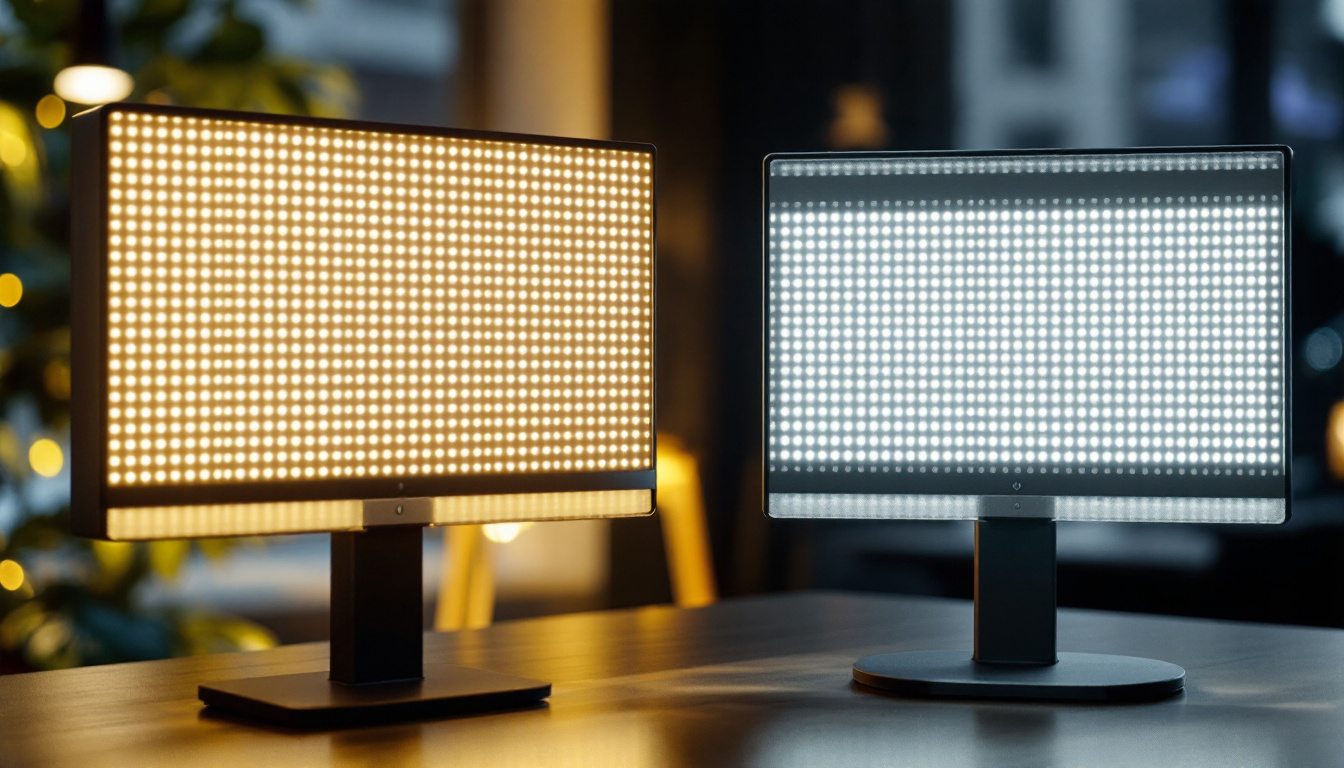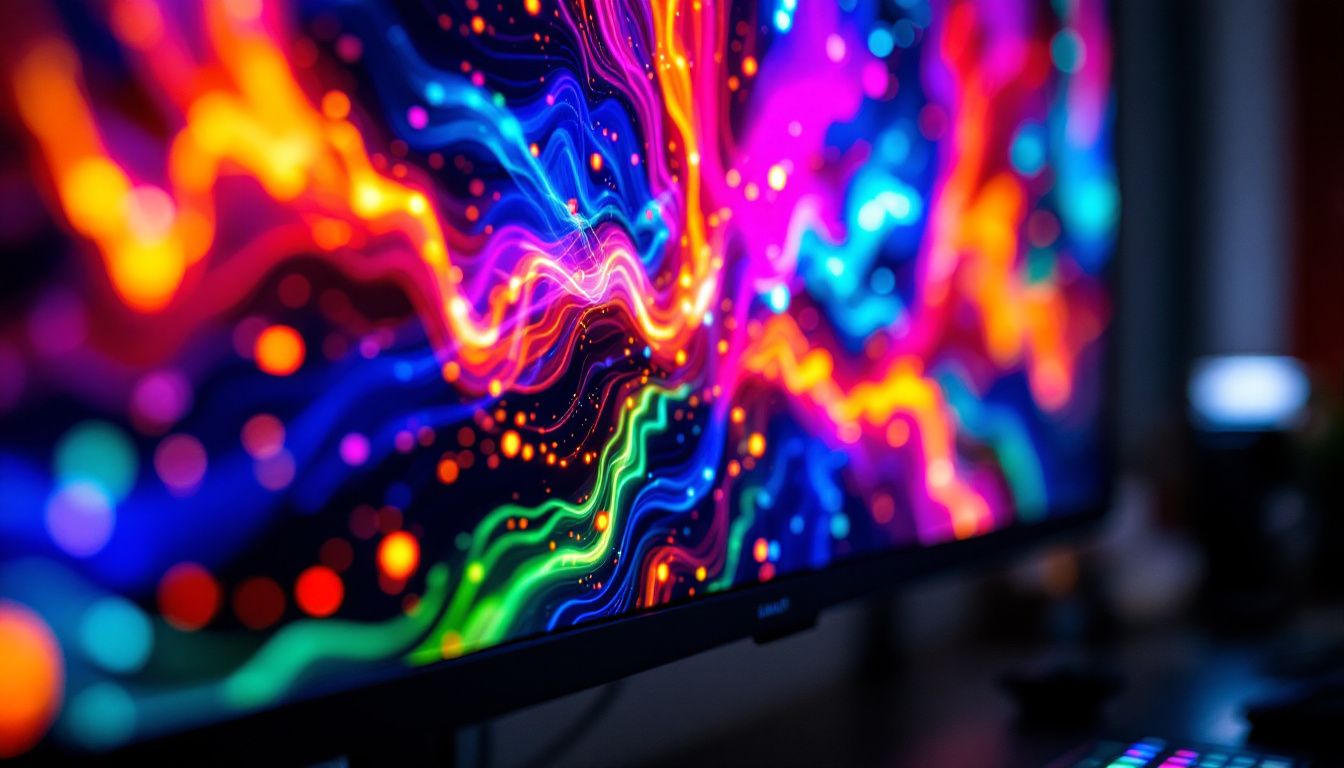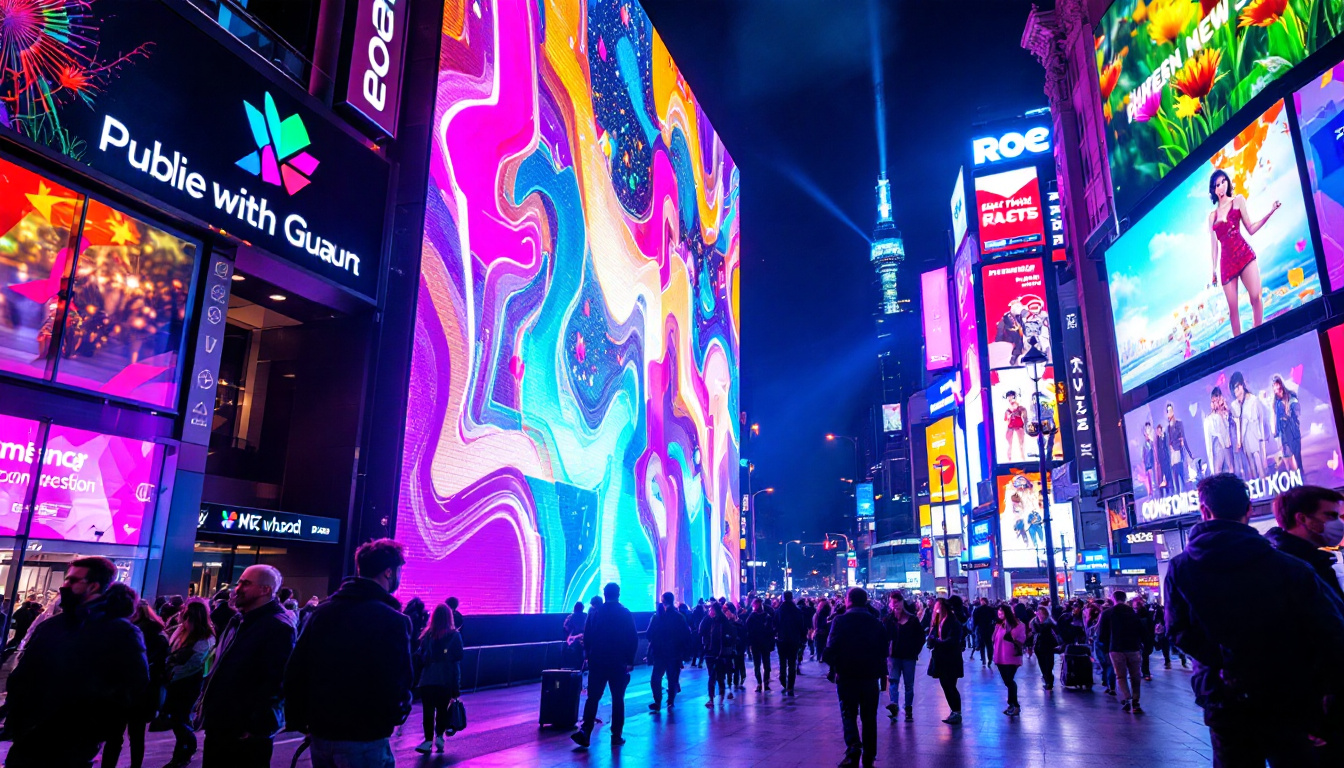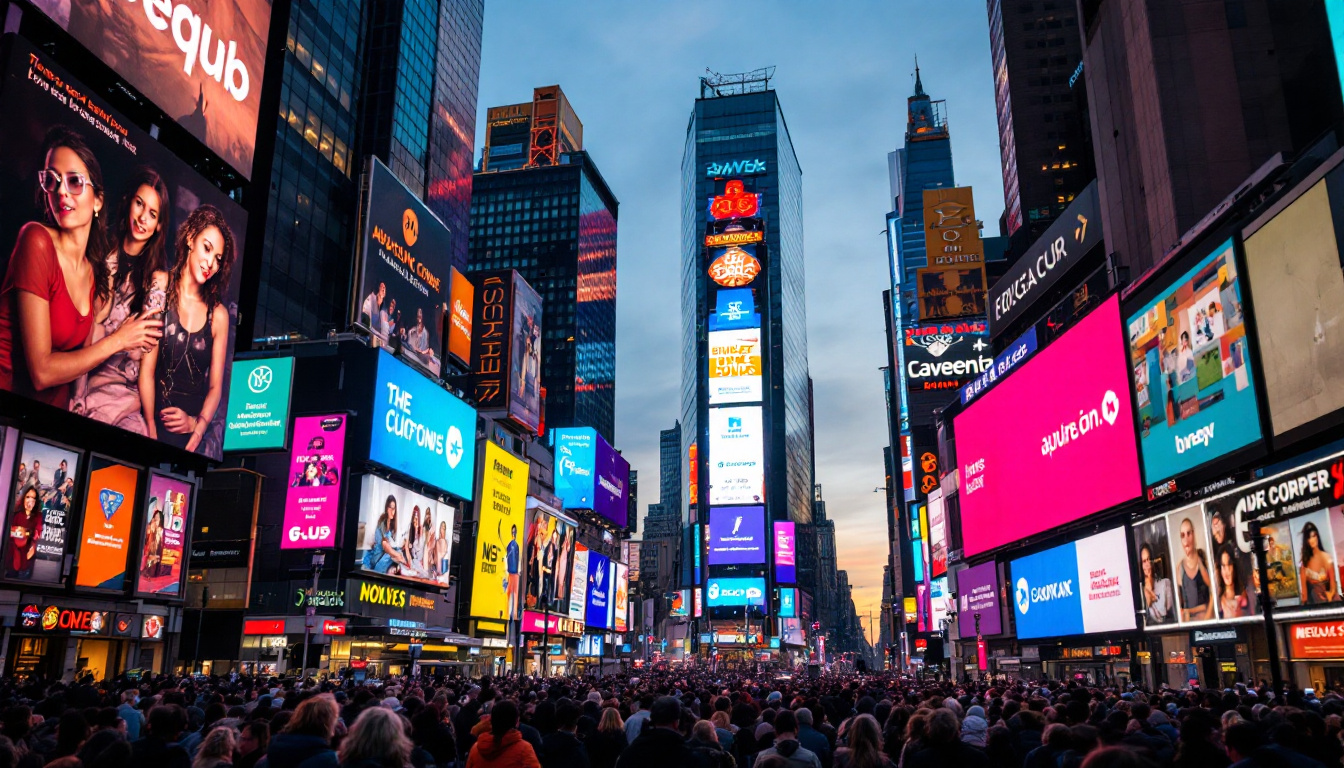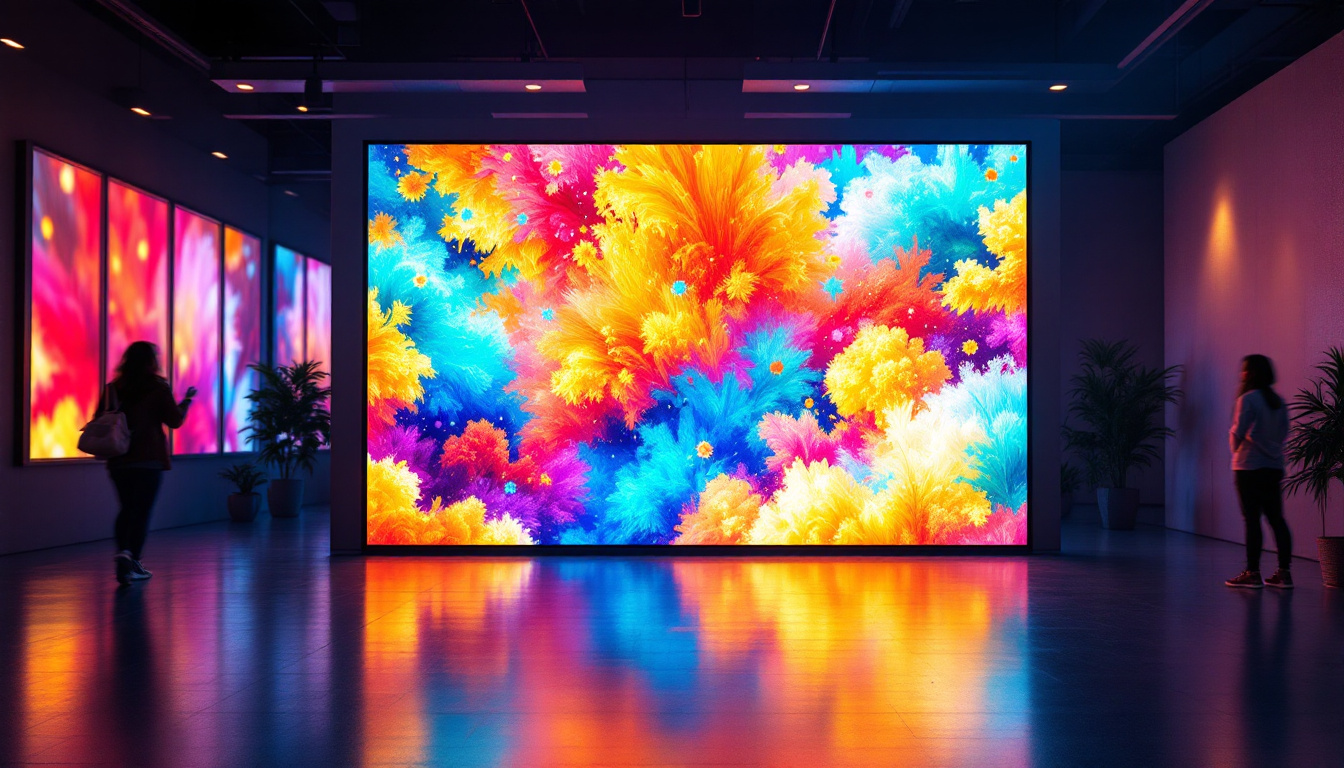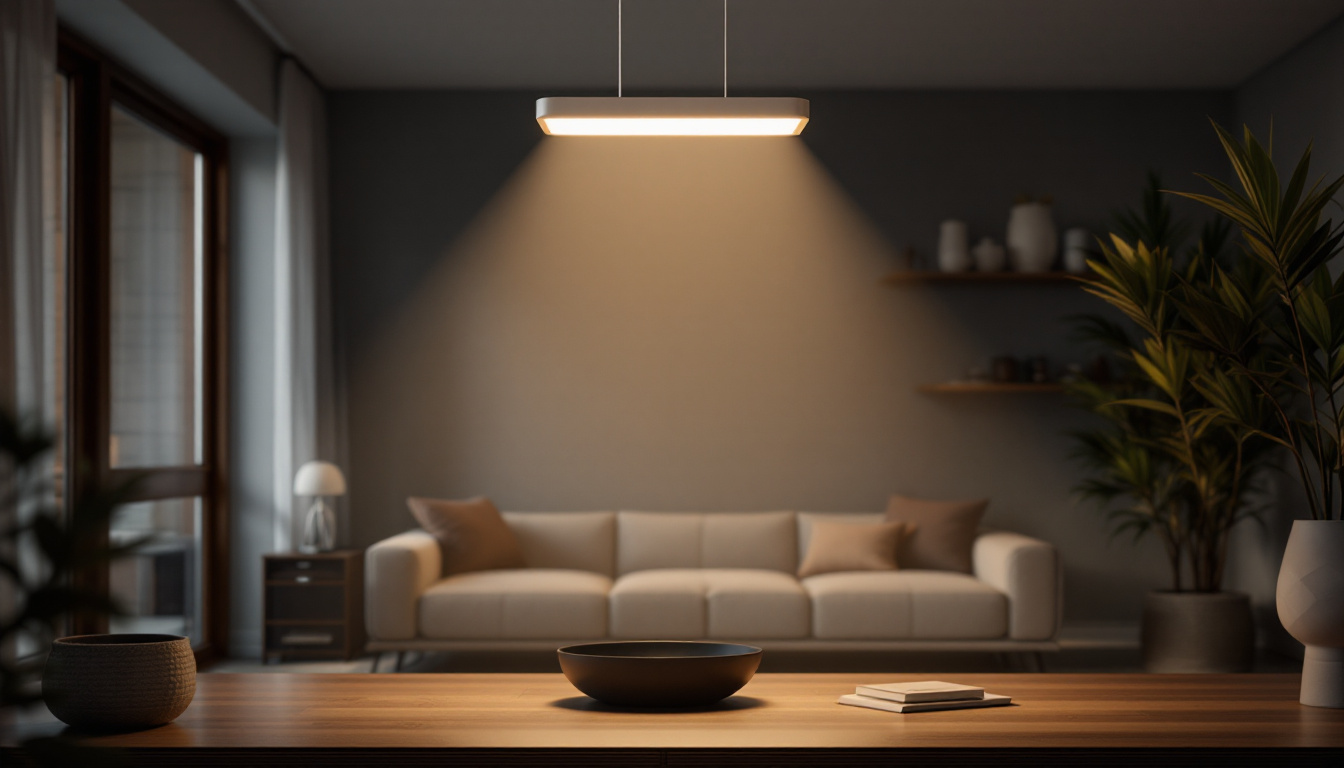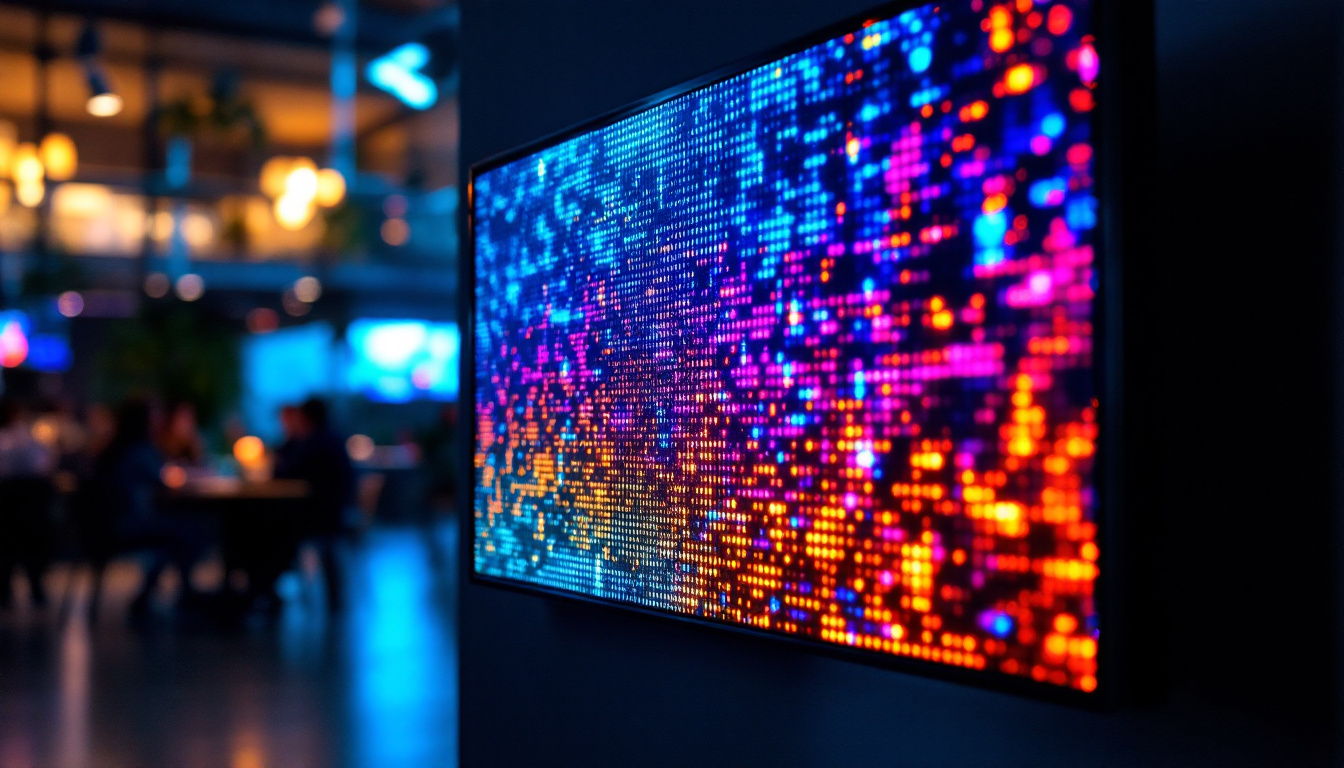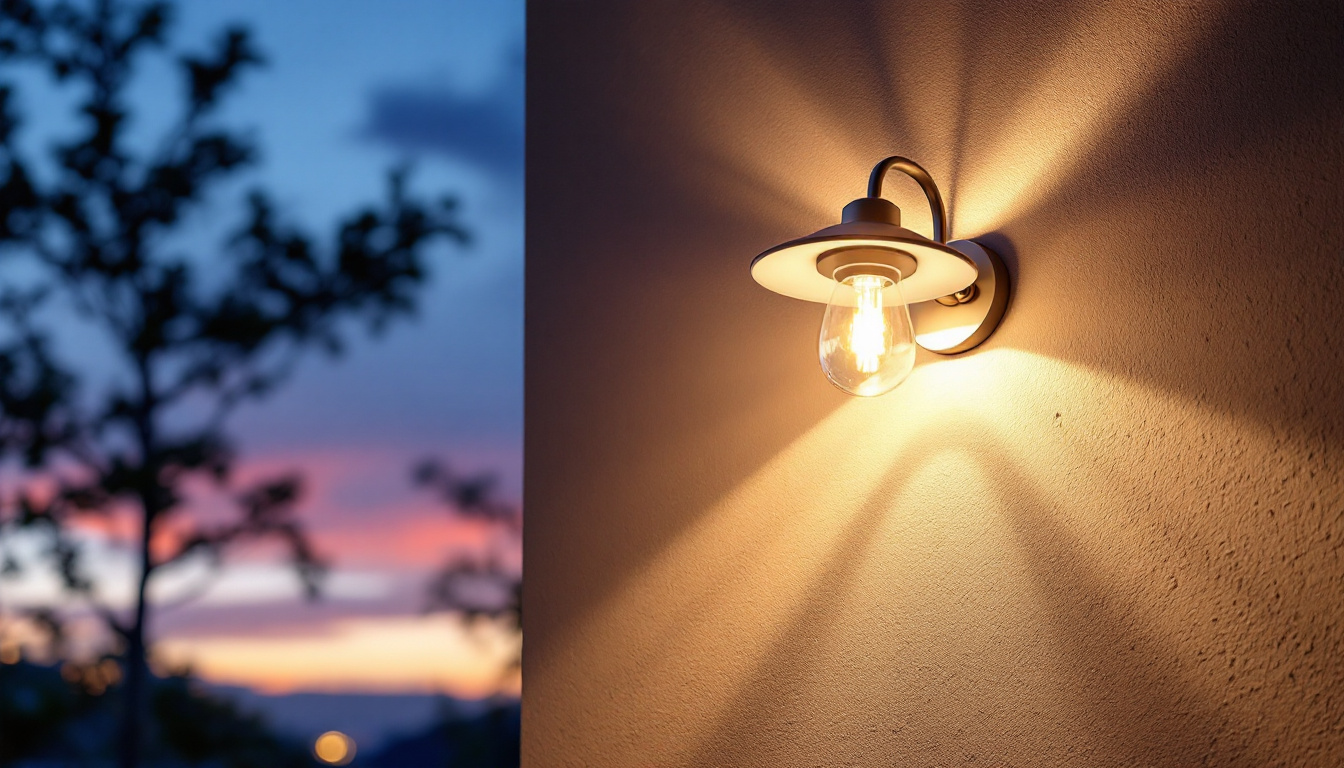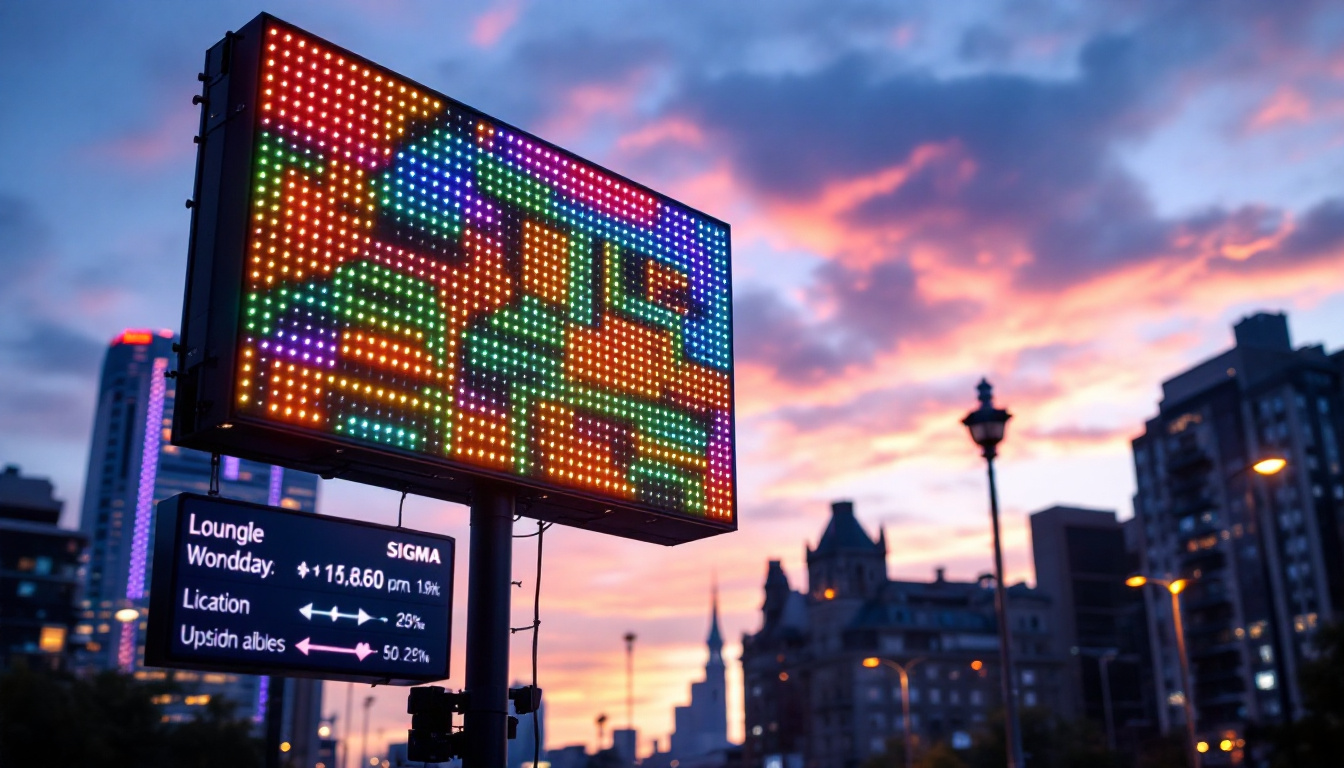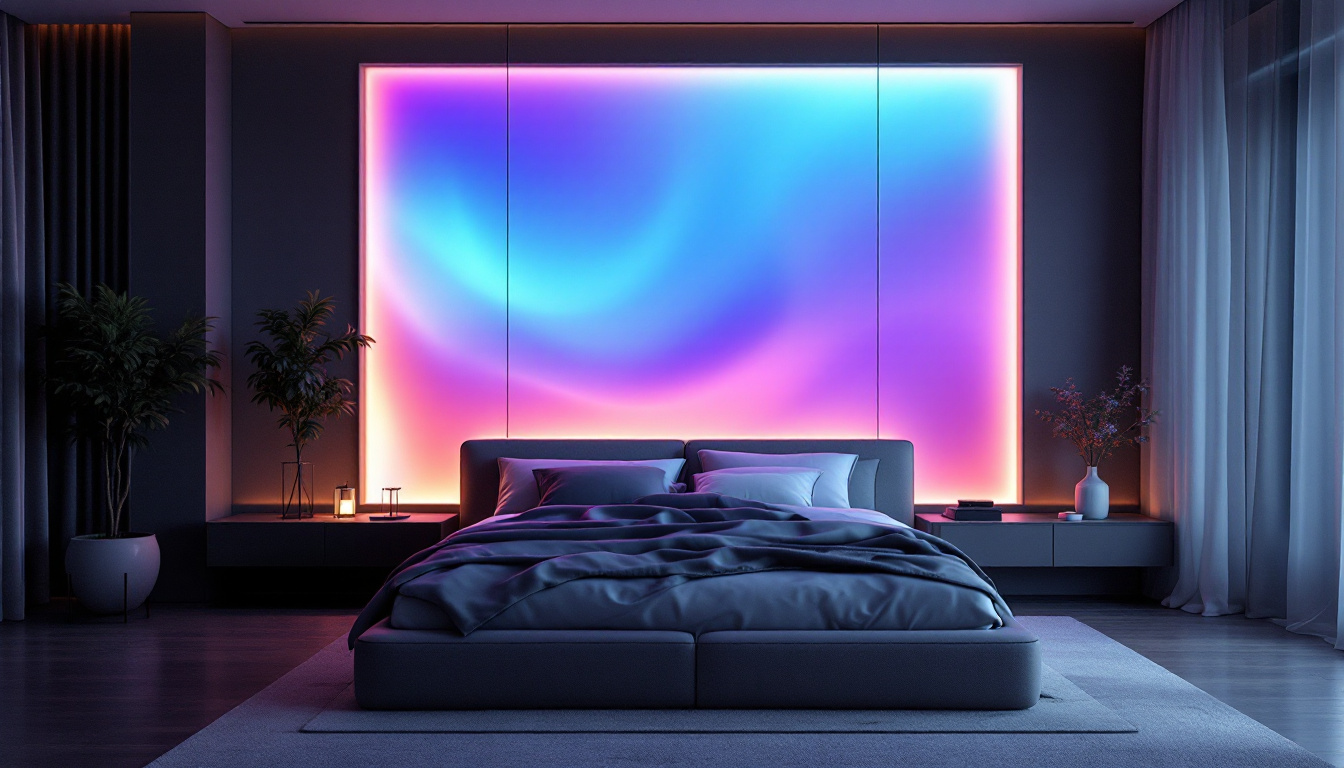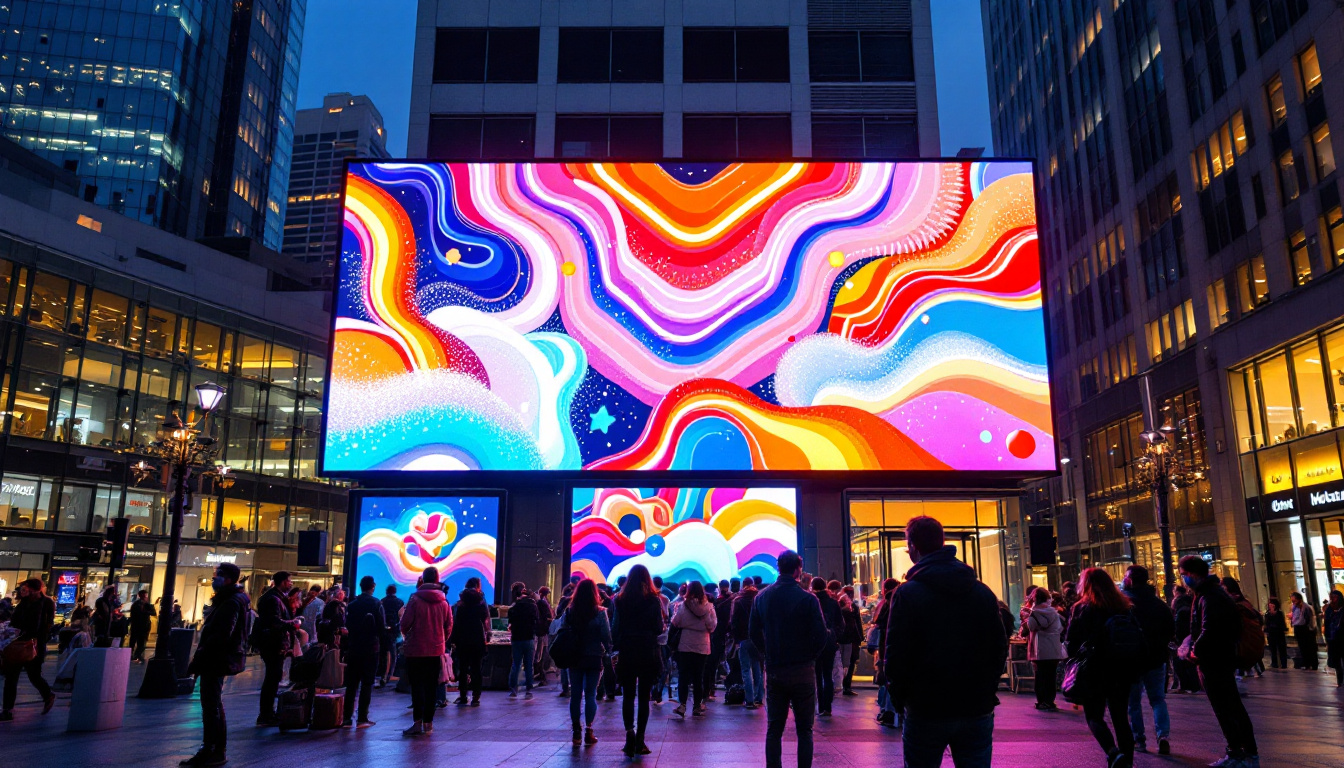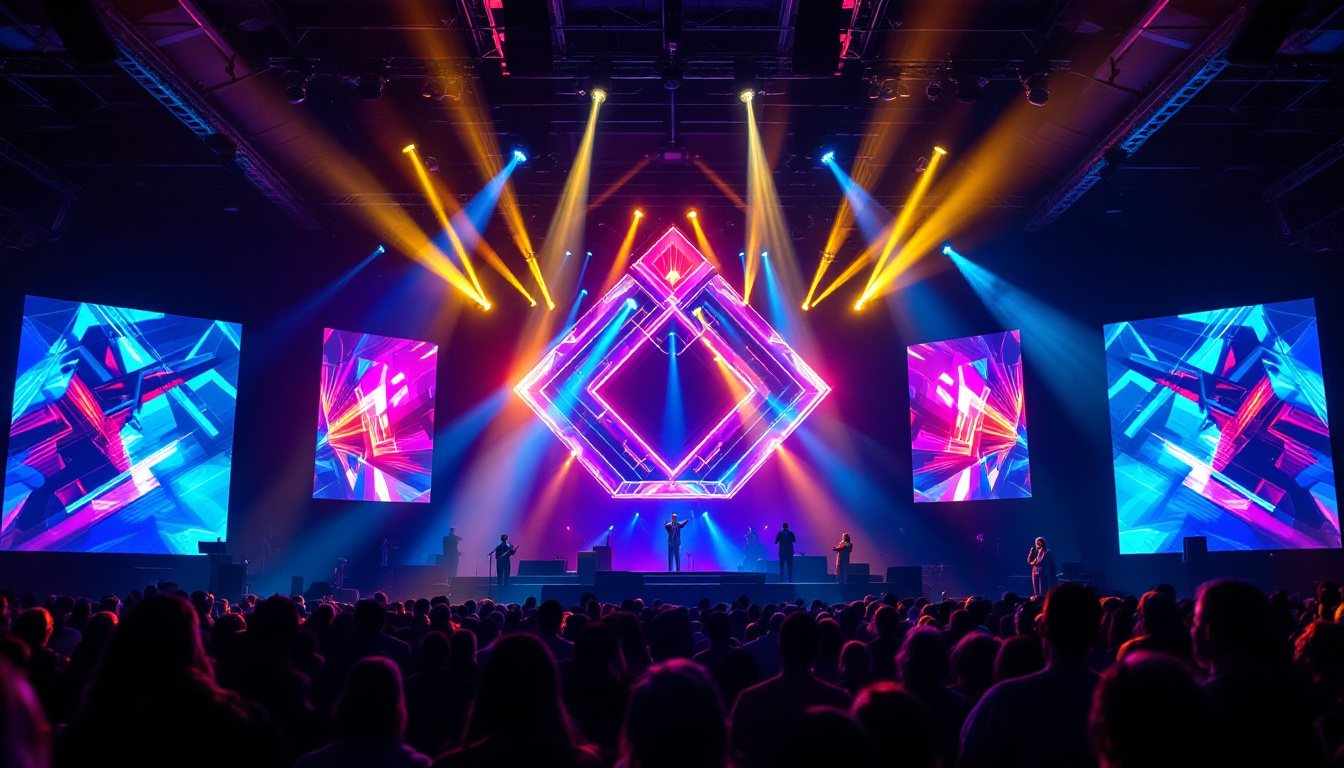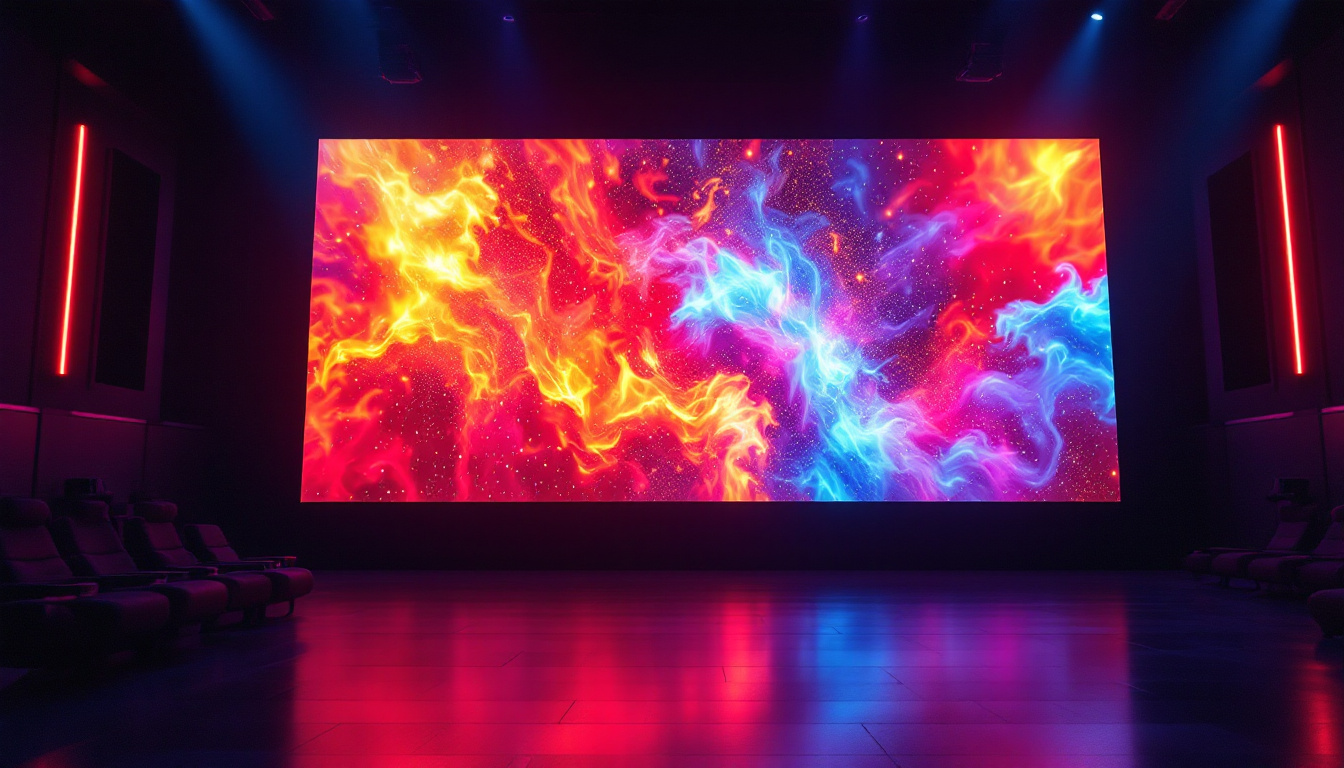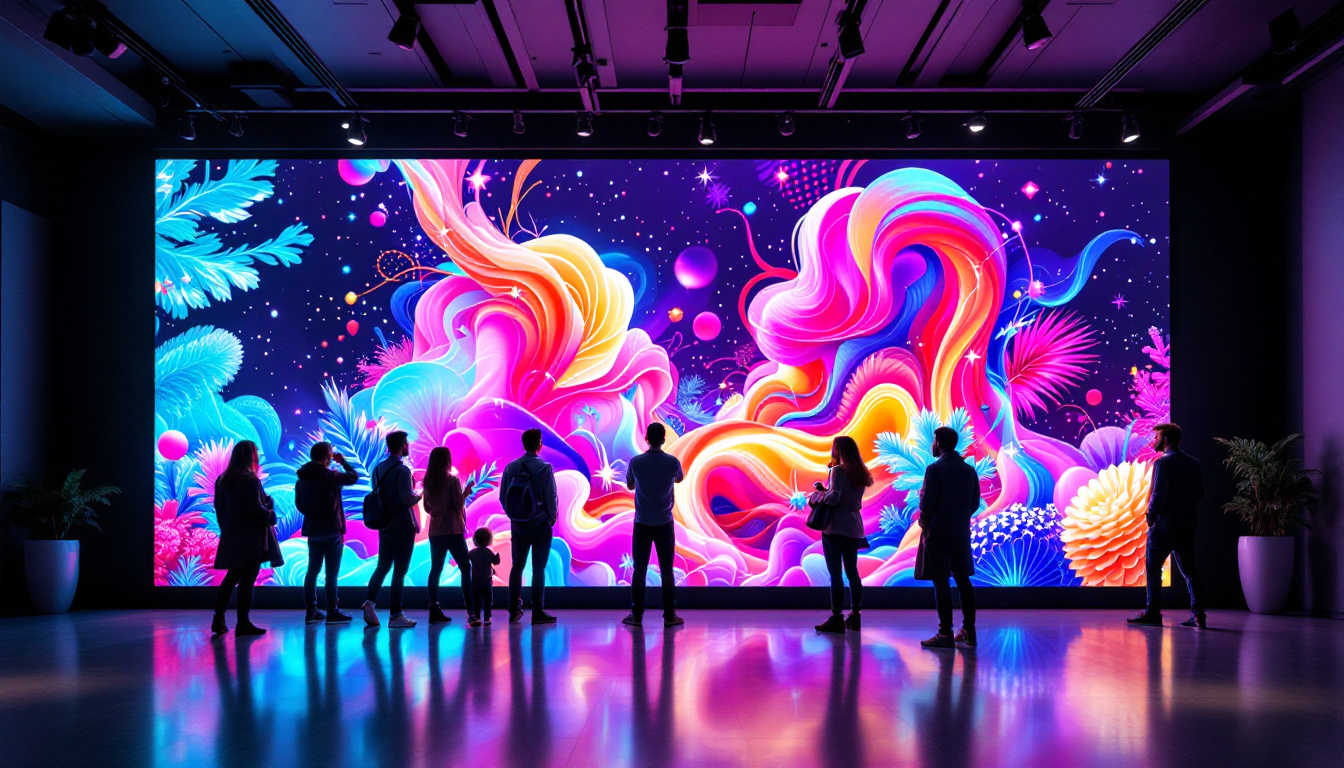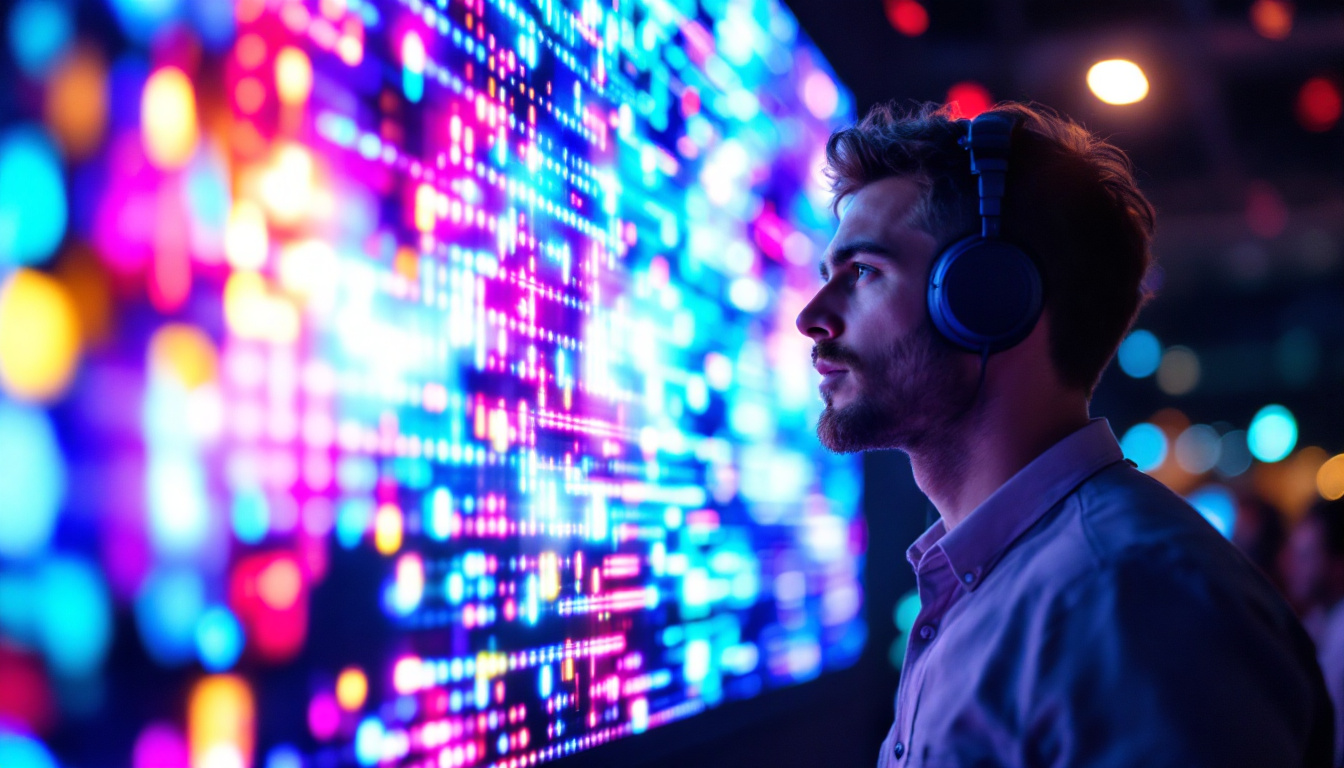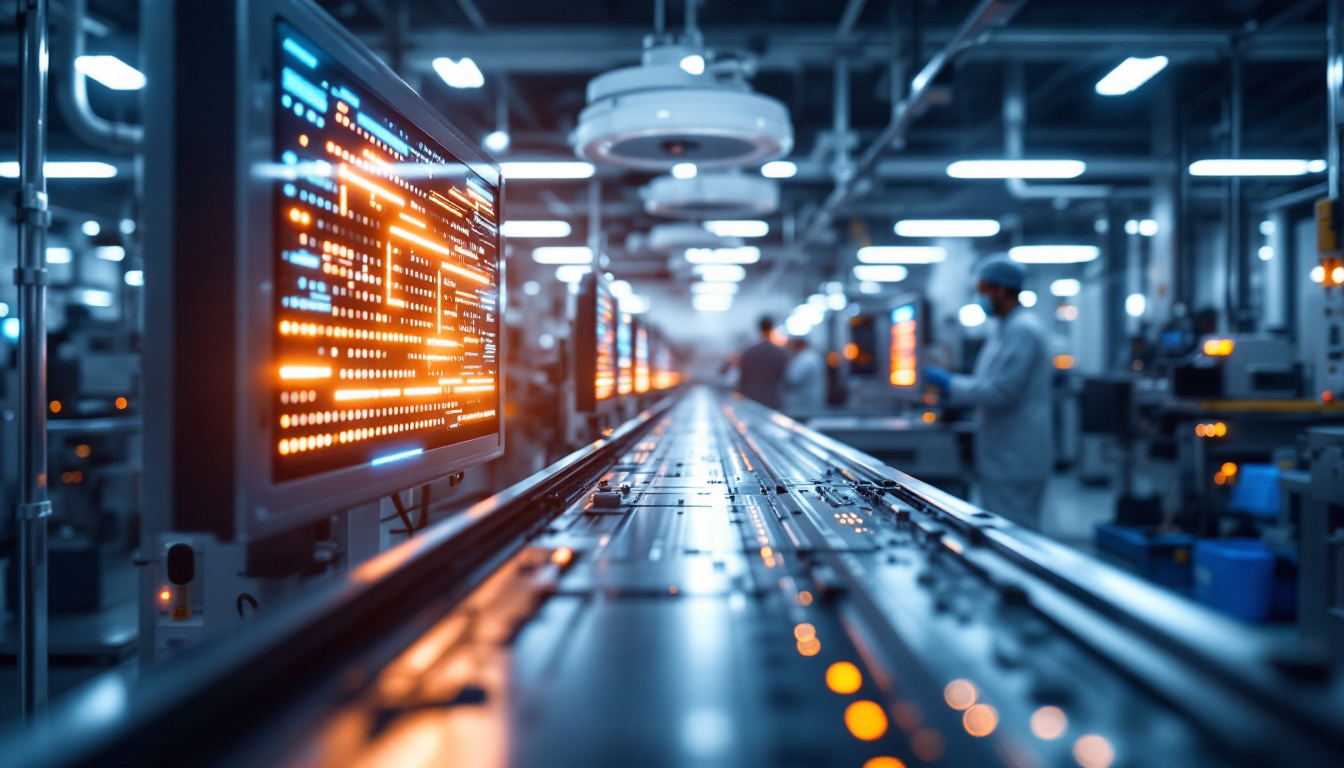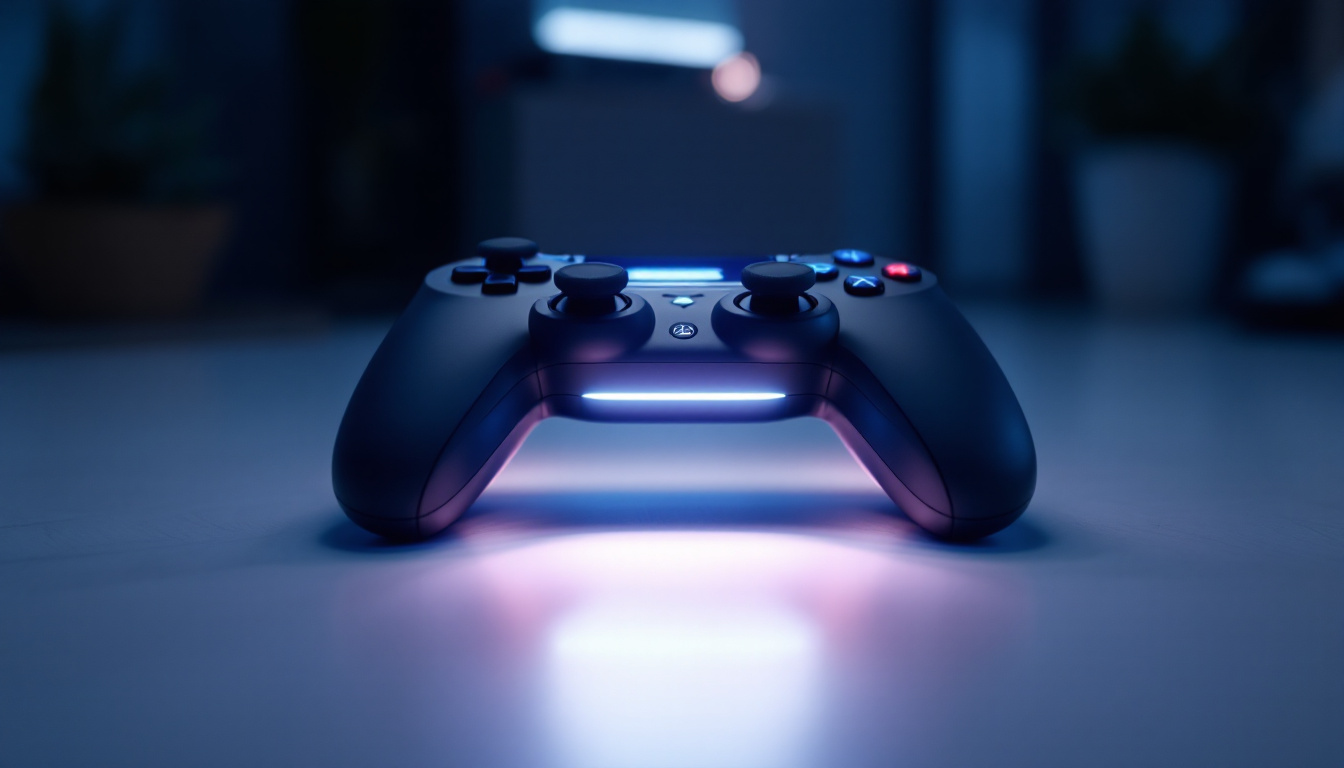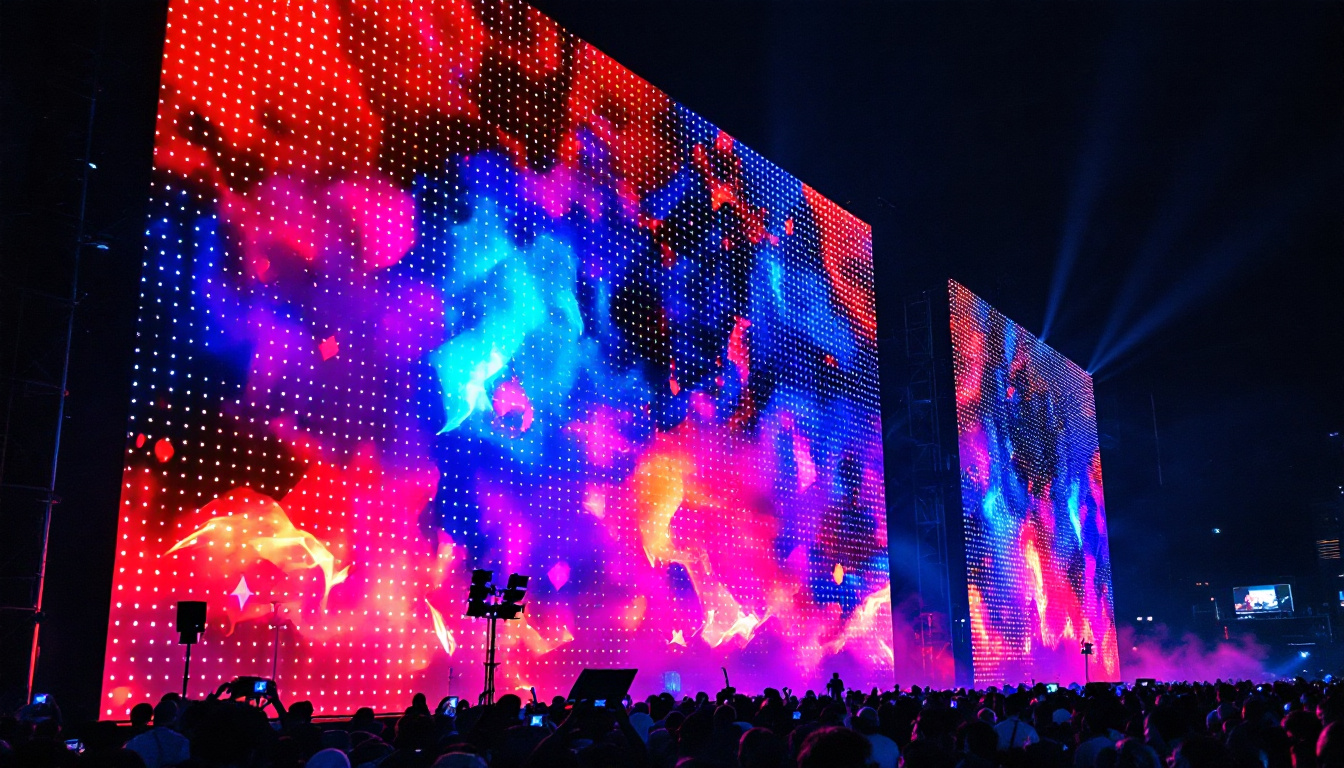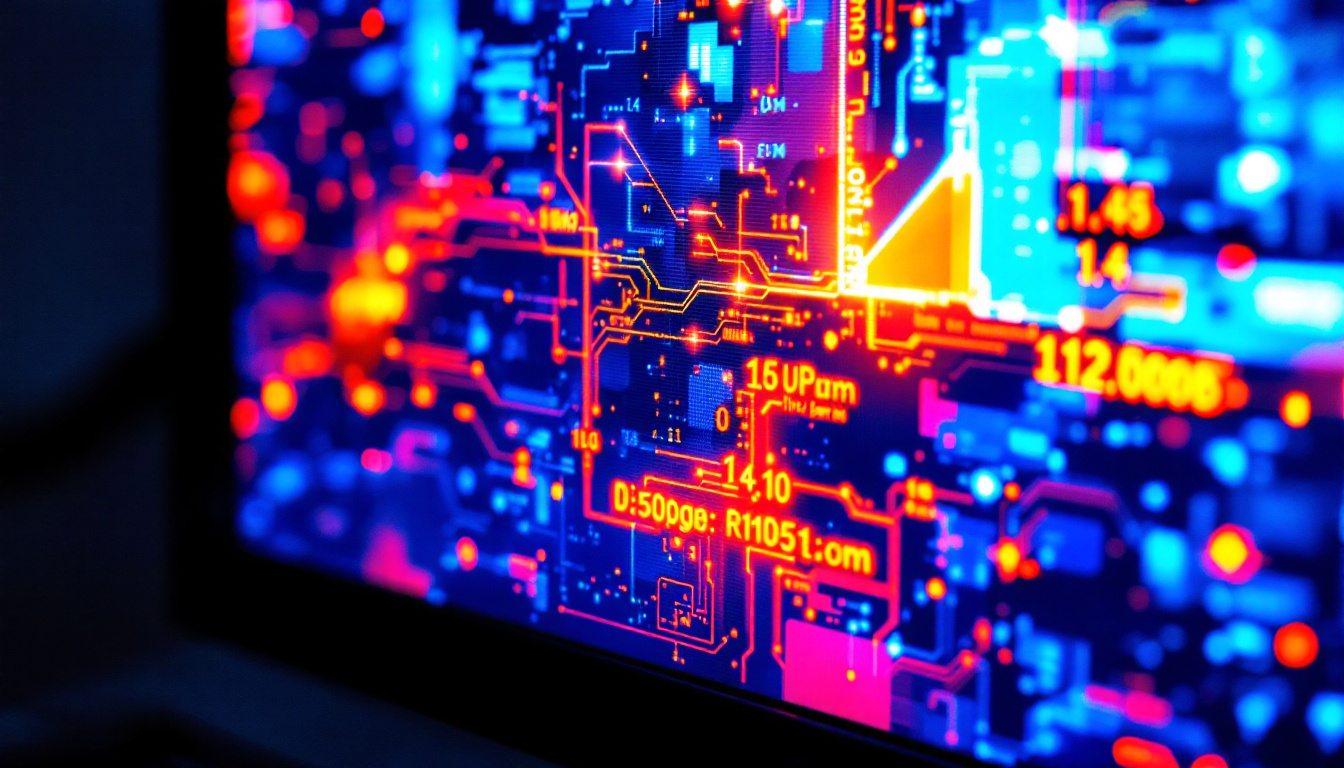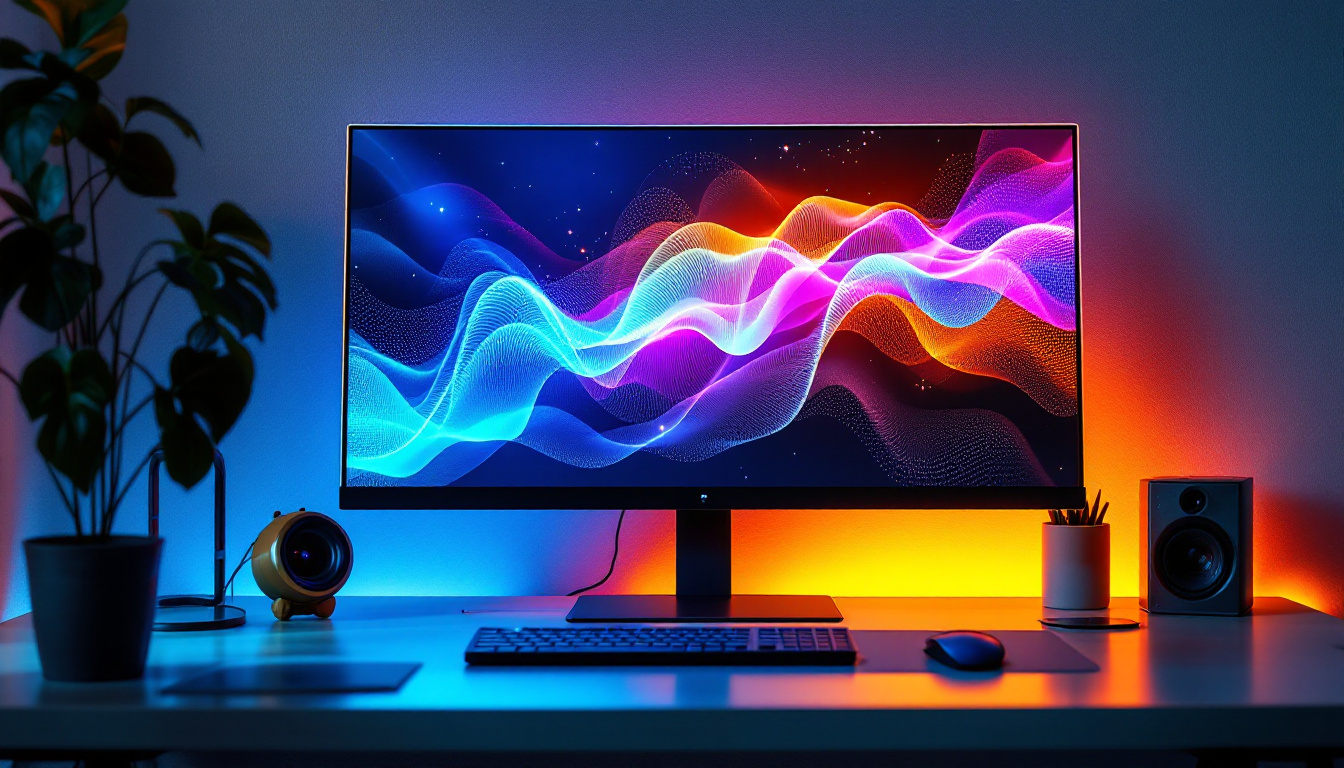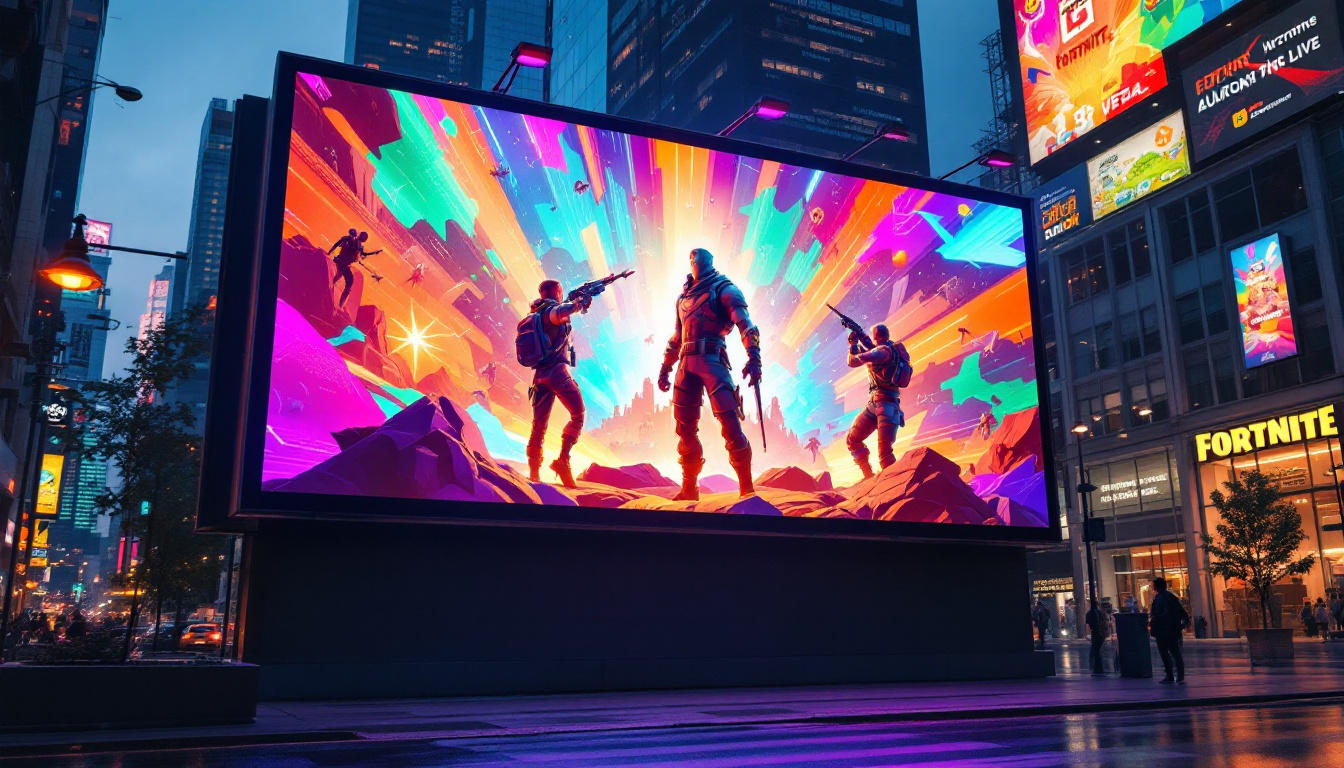In the realm of outdoor lighting, fiber optic lights have emerged as a captivating and versatile option. These innovative lighting solutions not only enhance the aesthetic appeal of outdoor spaces but also offer unique functionalities that traditional lighting cannot match. This article delves into the intricacies of fiber optic lights, particularly focusing on their integration with LED displays, and explores how they can transform outdoor environments.
Understanding Fiber Optic Lighting
Fiber optic lighting utilizes thin strands of glass or plastic fibers to transmit light from a source to a desired location. This technology is renowned for its ability to create vibrant and colorful lighting effects, making it an ideal choice for outdoor applications. The light is transmitted through the fibers via internal reflection, allowing for a high degree of flexibility in design and installation. This unique capability not only enhances the aesthetic appeal of various environments but also allows for creative applications in art installations, architectural designs, and even in theatrical productions, where mood and atmosphere are paramount.
The Components of Fiber Optic Lighting
At the core of fiber optic lighting systems are three main components: the light source, the optical fibers, and the fixtures. The light source is typically an LED or a halogen bulb that emits light into the fibers. The optical fibers themselves can vary in diameter and are often bundled together to create a cohesive lighting effect. These fibers can be cut to specific lengths, allowing for tailored installations that meet the exact needs of a space. Finally, the fixtures are the end points where the light emerges, which can be designed to suit various aesthetic preferences. From sleek and modern designs to more ornate and traditional styles, the versatility of fiber optic fixtures ensures that they can complement any décor or theme.
Benefits of Fiber Optic Lights
One of the most significant advantages of fiber optic lights is their energy efficiency. They consume less electricity compared to traditional lighting options, making them a cost-effective choice for long-term use. Additionally, fiber optic lights are highly durable and resistant to environmental factors, which is particularly important for outdoor installations. They do not generate heat, reducing the risk of burns or fire hazards, and are safe for use in various settings. Furthermore, fiber optic lighting systems are low maintenance, as they do not require frequent bulb replacements, and their longevity can often exceed that of conventional lighting solutions. This combination of safety, efficiency, and durability makes fiber optic lighting an attractive option for both residential and commercial applications, from illuminating pathways and gardens to enhancing the ambiance of restaurants and retail spaces.
LED Displays: A Modern Twist
LED displays have revolutionized the way information and visuals are presented in both commercial and residential settings. When combined with fiber optic lighting, they create a dynamic and visually stunning outdoor experience. LED displays can be programmed to show a variety of colors, patterns, and animations, making them a perfect match for the versatility of fiber optics. This synergy not only enhances aesthetic appeal but also allows for interactive experiences that can captivate audiences, making them ideal for festivals, concerts, and public art installations.
How LED Displays Work
LED displays consist of numerous small light-emitting diodes that work together to create images or text. These diodes are arranged in a grid pattern, and by varying the intensity of each diode, a wide range of colors and effects can be achieved. The integration of LED technology with fiber optics allows for more complex lighting designs that can be synchronized with music or events, adding an extra layer of engagement to outdoor spaces. Additionally, advancements in technology have led to the development of smart LED displays that can adapt in real-time to environmental changes, such as adjusting brightness based on ambient light, ensuring optimal visibility at all times.
Applications of LED Displays with Fiber Optics
The combination of LED displays and fiber optic lighting has numerous applications. In commercial settings, they can be used for advertising, event promotions, or artistic installations. For residential properties, homeowners can use this technology to create stunning outdoor displays for parties, holidays, or simply to enhance their landscape. The possibilities are limited only by creativity and design. Beyond aesthetics, these displays can also serve functional purposes, such as providing wayfinding information in public spaces or displaying real-time data like weather updates or traffic conditions, making them not only beautiful but also practical additions to urban environments.
Moreover, the environmental benefits of LED and fiber optic technologies cannot be overlooked. LED displays consume significantly less energy compared to traditional lighting solutions, contributing to lower carbon footprints. Fiber optics, known for their efficiency in transmitting light over long distances with minimal loss, further enhance this energy-saving potential. As cities and communities strive for sustainable solutions, the integration of these technologies becomes a pivotal step towards creating eco-friendly and visually appealing public spaces that can be enjoyed by everyone.
Design Considerations for Outdoor Fiber Optic Lighting
When planning an outdoor fiber optic lighting installation, several design considerations must be taken into account. These factors ensure that the lighting not only serves its functional purpose but also complements the overall aesthetic of the space.
Choosing the Right Color and Brightness
Color selection is crucial in creating the desired ambiance. Fiber optic lights can produce a wide array of colors, allowing for customization based on the season, event, or personal preference. Brightness is another important factor; it should be balanced to illuminate the space without being overwhelming. Dimmer switches can be incorporated to adjust brightness levels as needed.
Placement and Installation
The placement of fiber optic lights is essential for achieving the best visual effects. Consideration should be given to the landscape features, such as trees, pathways, and water elements. Proper installation is also vital; the fibers must be securely positioned to withstand outdoor conditions while ensuring that the light is effectively transmitted. Engaging a professional installer can help ensure that the system is set up correctly and efficiently.
Maintenance of Fiber Optic Lights
Maintaining fiber optic lights is relatively straightforward, but it is essential to keep them in optimal condition to ensure longevity and performance. Regular maintenance can prevent issues and enhance the overall aesthetic appeal of the lighting system.
Cleaning and Care
Dust and debris can accumulate on the fixtures and fibers, affecting light output. Regular cleaning with a soft, damp cloth can help maintain clarity and brightness. It is important to avoid harsh chemicals that could damage the materials. Additionally, checking for any visible wear or damage to the fibers can help identify potential issues before they become significant problems.
Seasonal Considerations
Outdoor lighting systems are exposed to the elements, so seasonal changes can impact their performance. In winter, for example, snow and ice may accumulate on fixtures, while summer storms can bring heavy rain and wind. Regular inspections before and after seasonal changes can help ensure that the system remains functional and visually appealing throughout the year.
Innovative Trends in Fiber Optic Lighting
The field of fiber optic lighting is continually evolving, with new trends and technologies emerging to enhance outdoor lighting experiences. Staying informed about these innovations can help homeowners and businesses make informed decisions about their lighting options.
Smart Lighting Integration
One of the most exciting trends in outdoor lighting is the integration of smart technology. Smart fiber optic lights can be controlled via smartphone apps, allowing users to adjust colors, brightness, and patterns remotely. This technology not only adds convenience but also enables users to customize their lighting based on specific occasions or moods.
Eco-Friendly Options
As sustainability becomes increasingly important, many manufacturers are focusing on eco-friendly materials and energy-efficient designs. Solar-powered fiber optic lights are gaining popularity, providing a sustainable lighting solution that reduces reliance on traditional electricity sources. These options are particularly appealing for outdoor settings, where they can harness natural sunlight during the day to illuminate spaces at night.
Case Studies: Successful Implementations
Examining real-world applications of fiber optic lights and LED displays can provide valuable insights into their effectiveness. Various projects around the globe showcase the versatility and impact of this technology in outdoor settings.
Public Spaces and Parks
Many cities have begun incorporating fiber optic lighting into public parks and recreational areas. These installations not only enhance safety by illuminating pathways but also create visually appealing environments that attract visitors. For instance, a park in a metropolitan area utilized fiber optic lights along walking trails, allowing for dynamic color changes that reflect seasonal themes, thus encouraging year-round usage.
Event Venues and Festivals
Event organizers have embraced fiber optic lighting for festivals and outdoor gatherings. The ability to create immersive light displays that synchronize with music or performances has transformed the way events are experienced. A notable example is a music festival that employed fiber optic lights to create a stunning light show, enhancing the overall atmosphere and leaving a lasting impression on attendees.
Conclusion
Fiber optic lights combined with LED displays offer a revolutionary approach to outdoor lighting, providing both aesthetic appeal and functional benefits. As technology continues to advance, the possibilities for creative and innovative lighting solutions are boundless. Whether for residential use or commercial applications, investing in fiber optic lighting systems can significantly enhance outdoor spaces, making them more inviting and engaging.
As the demand for sustainable and energy-efficient lighting solutions grows, fiber optic technology is poised to play a crucial role in shaping the future of outdoor illumination. By understanding the various components, benefits, and design considerations, individuals and businesses can make informed choices that elevate their outdoor environments.
Illuminate Your Space with LumenMatrix
Ready to elevate your outdoor environment with cutting-edge fiber optic and LED display technologies? Look no further than LumenMatrix, a leader in innovative LED solutions. From vibrant outdoor LED wall displays to interactive floor LED displays, LumenMatrix offers a wide range of products designed to captivate and engage. Discover how our custom LED displays can transform your space and bring your vision to life. Check out LumenMatrix LED Display Solutions today and step into the future of visual communication.

